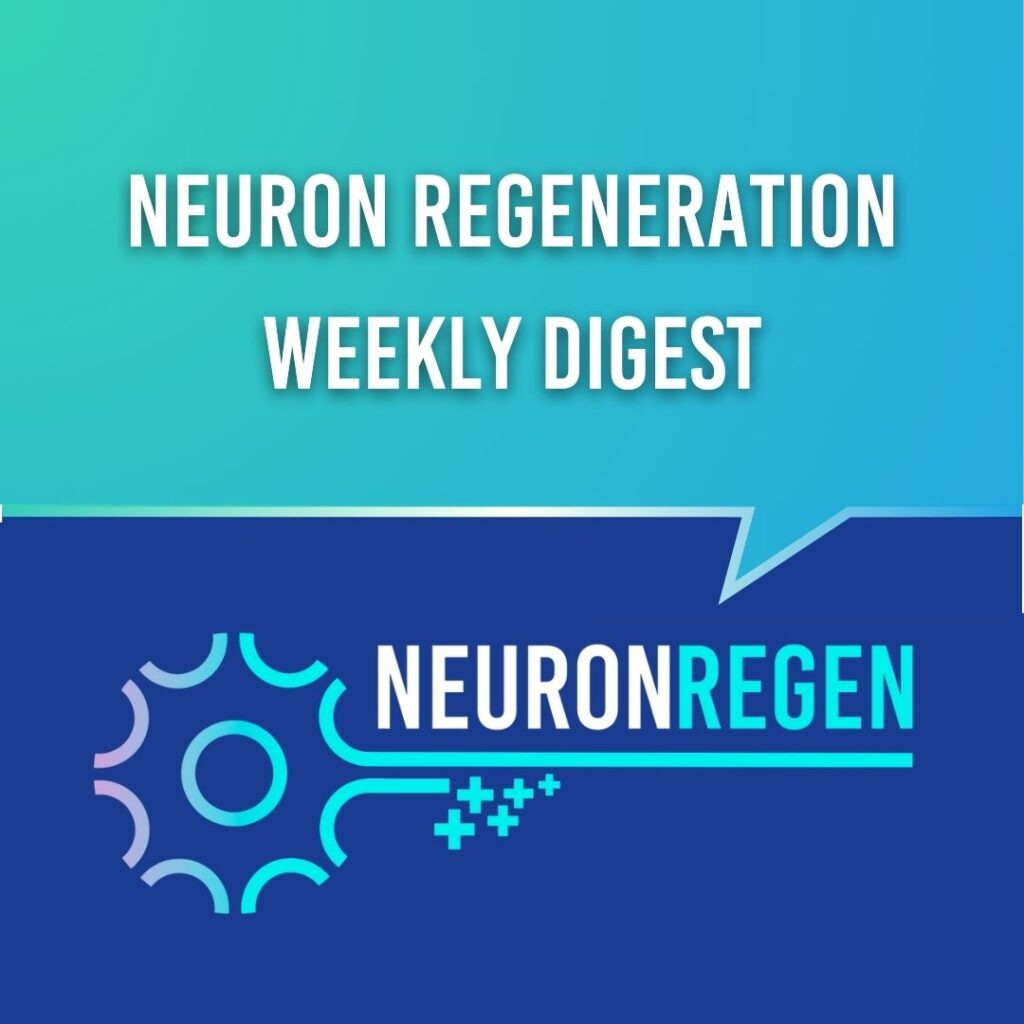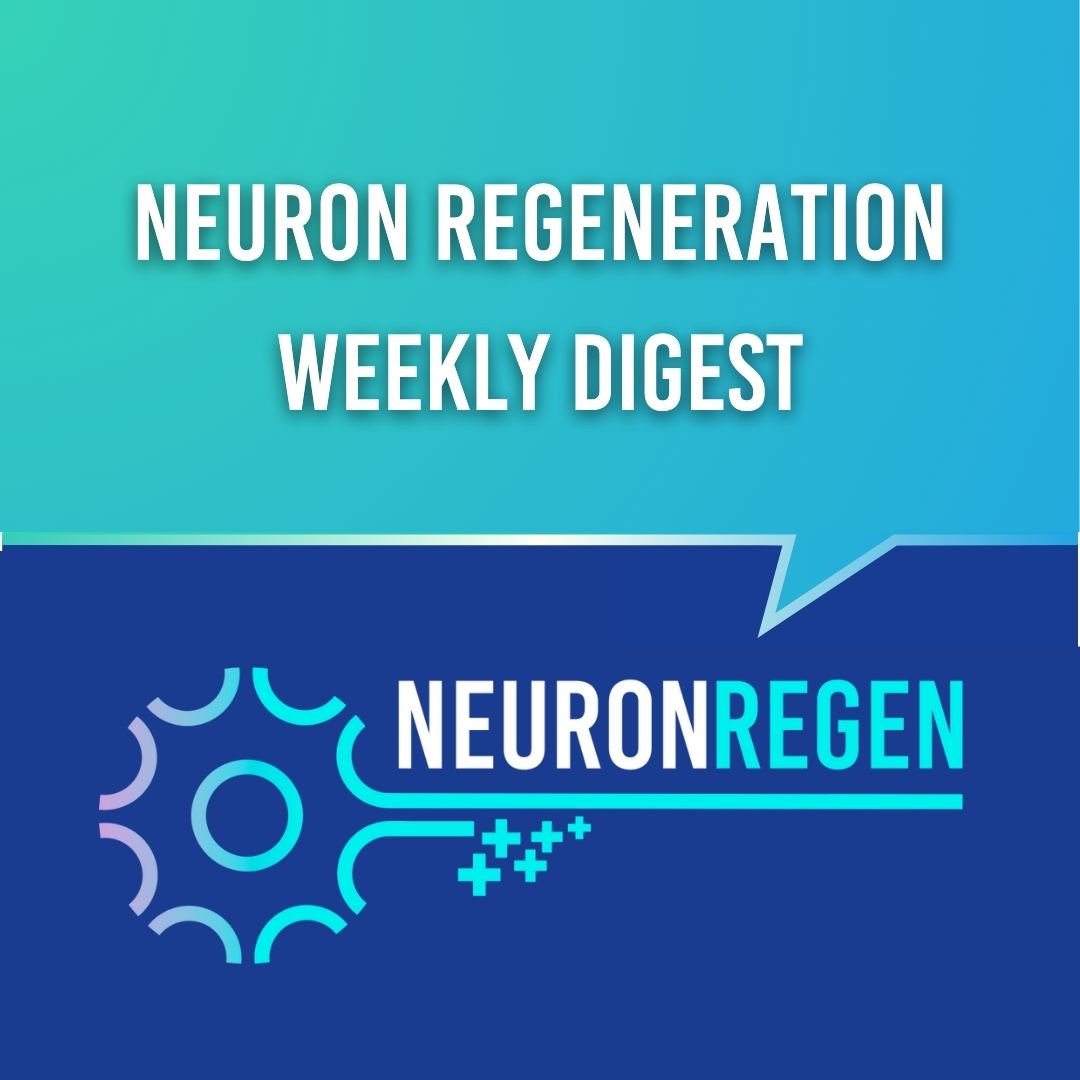The nervous system’s capacity for repair is as inspiring as it is complex. As scientists continue to decode the intricate processes behind neurodegeneration and regeneration, new insights are shaping the future of neurological care. From personalized stem cell therapies to environmental risk mapping and immune cell modulation, these emerging strategies are laying the groundwork for safer, more effective treatments for conditions like spinal cord injury and Alzheimer’s disease.
In this week’s digest, we spotlight three compelling studies that delve into spinal cord healing with iPSCs, the hidden neurotoxicity of environmental pollutants, and a novel target in microglial metabolism that could shift the trajectory of Alzheimer’s research.

1. Stem Cell-Based Approaches for Spinal Cord Injury: The Promise of iPSCs
Induced pluripotent stem cells (iPSCs) are emerging as a promising tool for repairing spinal cord injuries. Derived from a patient’s own cells, iPSCs can become various neural cell types—offering the potential to replace damaged tissue, reduce inflammation, and restore function. While challenges remain, ongoing research is moving us closer to safe, personalized therapies that could transform recovery outcomes for people with SCI.
2. Exploring the neurodegenerative potential of per- and polyfluoroalkyl substances through an adverse outcome pathway network
New research maps how PFAS—persistent environmental chemicals—may contribute to neurodegenerative diseases like Alzheimer’s and Parkinson’s. Using an adverse outcome pathway (AOP) network, scientists identified calcium imbalance, mitochondrial dysfunction, and oxidative stress as central mechanisms linking PFAS exposure to brain cell damage. This framework helps illuminate PFAS’s potential risks and may guide future public health action.
3. ATP11B Modulates Microglial Lipid Metabolism and Alleviates Alzheimer’s Disease Pathology
A recent study reveals that the protein ATP11B helps microglia (the brain’s immune cells) regulate lipid metabolism—and its loss may accelerate Alzheimer’s disease progression. Boosting ATP11B levels reduced toxic lipid droplet buildup, beta-amyloid deposits, and inflammation in mouse models, offering a promising new direction for therapeutic strategies.
If you’d like to stay informed of the latest publications and breakthroughs in neuron regeneration, join our email newsletter to the right (or below on mobile). We send out weekly updates with the latest papers and studies, as well as podcast episodes with the people driving Neuroregenerative breakthroughs.

